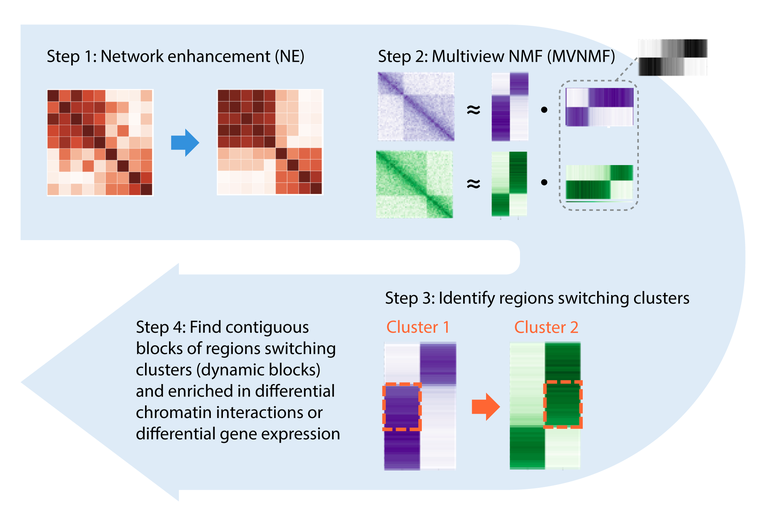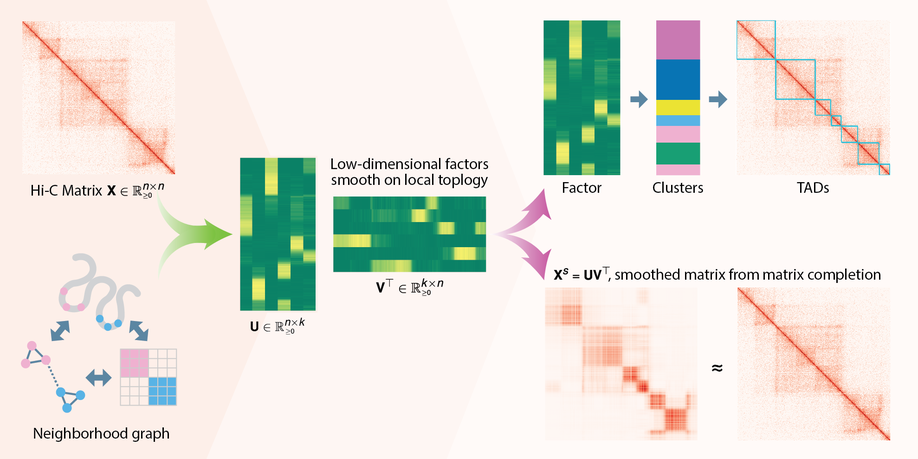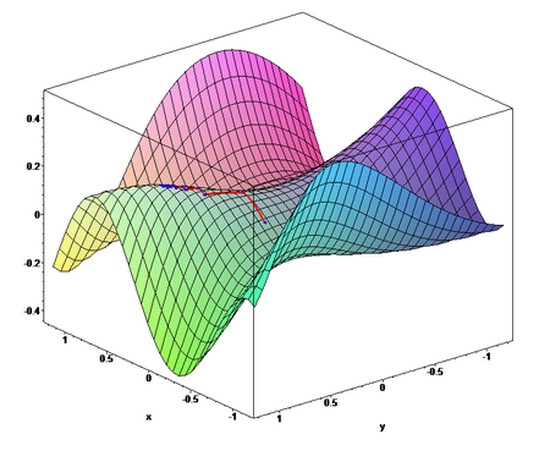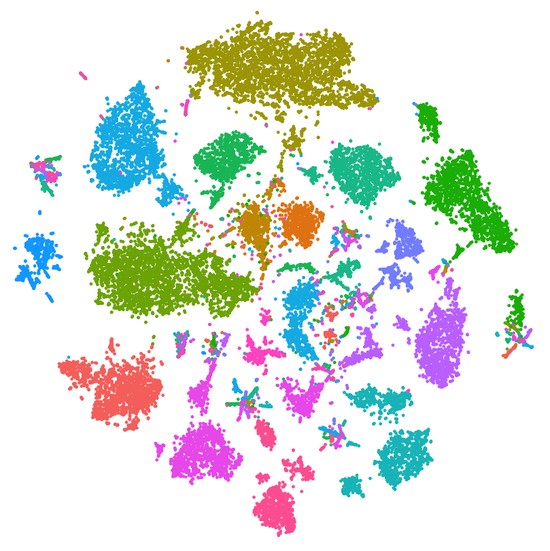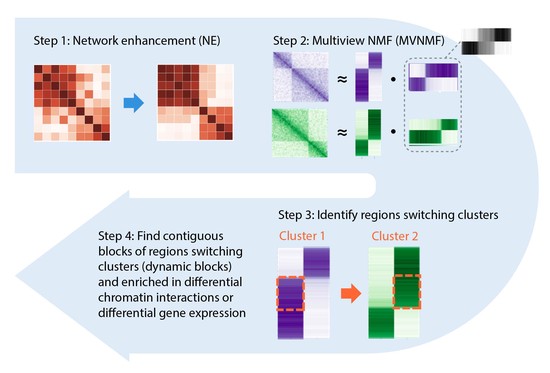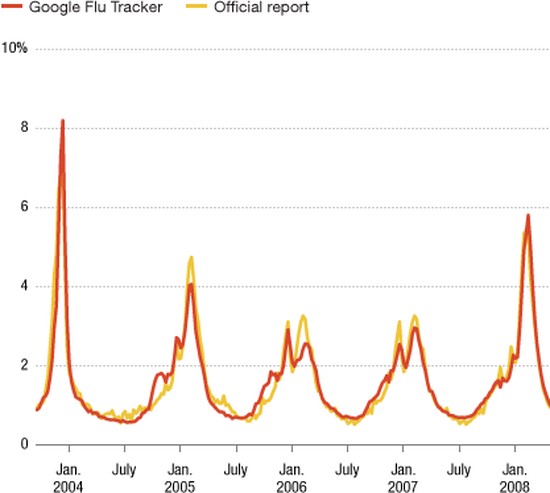I am a PhD student in Biomedical Data Science at the University of Wisconsin - Madison, working in Sushmita Roy's lab. Our lab specializes in developing computational tools to gain insight from large biological networks. My current project involves learning the organizational principles of how the DNA folds itself inside the cell, and how this in turn builds a scaffolding for gene regulatory networks.
Interests
- Dimension Reduction
- Manifold Learning
- Probabilistic Graphical Models
- 3D Genome
- Single-cell omics
- Microbiome
- Electronic Health Records
Education
PhD in Biomedical Data Science, 2024
University of Wisconsin, Madison
MSc in Computer Sciences, 2017
University of Wisconsin, Madison
BSc in Cellular Molecular Biology, 2011
University of Michigan, Ann Arbor

